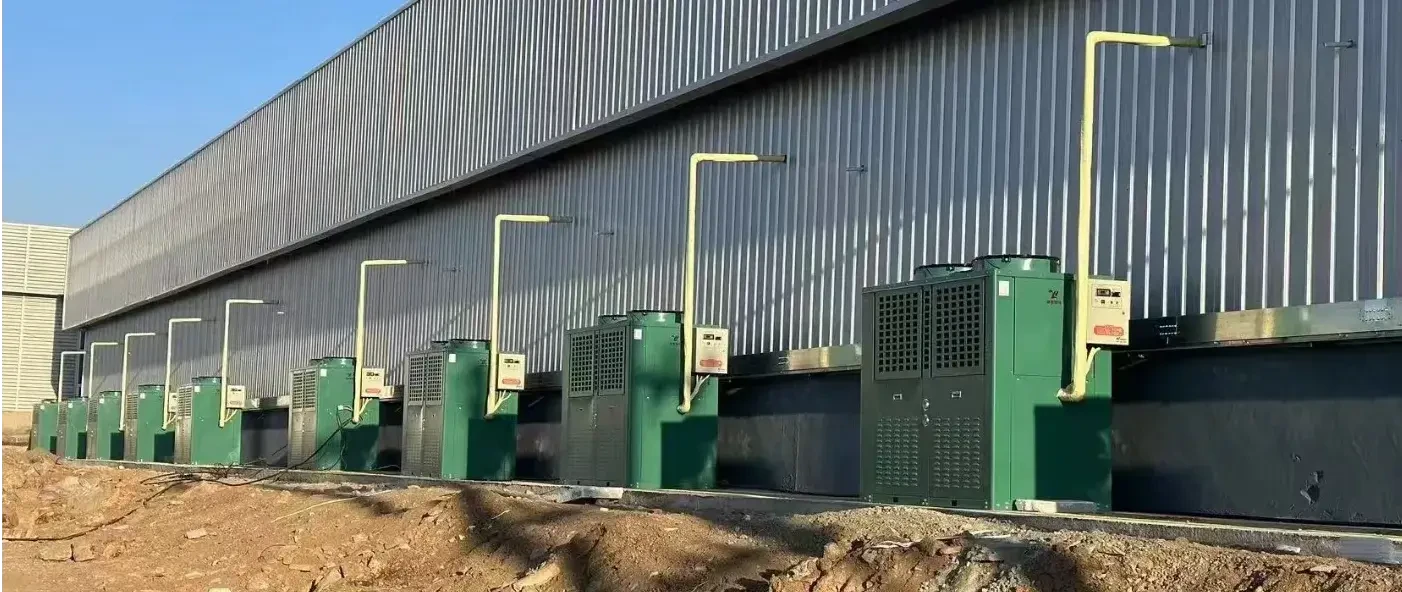404a pressures for ice machine factories
Understanding 404A Pressures in Ice Machine Manufacturing
In the modern landscape of refrigeration and cooling technology, the selection and management of refrigerants play a crucial role in the efficiency and environmental impact of cooling systems, including ice machines. Among the various refrigerants available, hydrofluorocarbon (HFC) refrigerant R-404A has gained significant traction, especially in commercial applications. However, as regulations continue to evolve in response to climate change concerns, understanding the pressures associated with R-404A in ice machine factories becomes critical for manufacturers.
The Basics of R-404A
R-404A is a refrigerant blend designed for low and medium-temperature refrigeration applications. It is composed primarily of three refrigerants R-125, R-134A, and R-143A. This combination gives R-404A effective thermodynamic properties, making it a popular choice in various refrigeration systems, including ice machines. However, it possesses a relatively high global warming potential (GWP), which has led to increased scrutiny and pressure for manufacturers to shift towards more environmentally friendly alternatives.
The Operational Pressures of R-404A
In the context of ice machine manufacturing, understanding the pressure characteristics of R-404A is essential for ensuring optimal performance. The pressures within a refrigeration system are influenced by several factors, including the temperature of the environment, the type of ice being produced, and the design of the ice machine itself.
Typically, the high-side pressure (discharge pressure) of an R-404A system operates within the range of 224 to 292 psi at typical ambient conditions, while the low-side pressure (suction pressure) ranges from 20 to 30 psi. These pressures must be closely monitored to maintain system efficiency, ensure effective cooling, and prevent equipment malfunction.
Moreover, ice machine factories must consider the impact of evaporating temperatures on pressures. Lower evaporating temperatures will lead to lower suction pressures, while higher evaporating temperatures will result in higher discharge pressures. Balancing these pressures is crucial for operational efficiency and product quality.
404a pressures for ice machine factories

Environmental Regulations and Challenges
As awareness of climate change grows, regulations governing the use of high-GWP refrigerants like R-404A are becoming more stringent. Many regions are implementing phasedown schedules to gradually decrease the use of such refrigerants, pushing manufacturers towards alternatives with lower GWP. This shift presents both challenges and opportunities for ice machine factories.
Transitioning to low-GWP alternatives such as R-448A or CO2 requires technological adaptation and investment in new equipment. Manufacturers must also navigate the complexities of retrofitting existing systems to accommodate these new refrigerants while maintaining safety and efficiency standards.
Innovations in Ice Machine Design
In response to these pressures, the ice machine manufacturing industry is witnessing significant innovations. Many manufacturers are focusing on improving the energy efficiency of their products, which can help mitigate some of the environmental impacts associated with refrigerants. Enhanced insulation, advanced compressor technologies, and the optimization of heat exchangers are just a few strategies being employed.
Additionally, smart technologies are being integrated into ice machines to monitor performance in real-time. These technologies can provide valuable data analytics, allowing manufacturers to fine-tune operations, reduce excess energy consumption, and ensure compliance with evolving regulations.
Conclusion
The pressures associated with R-404A in ice machine factories present a multifaceted challenge that encompasses operational efficiency, environmental responsibility, and regulatory compliance. As the industry moves towards adopting more sustainable practices and refrigerants, staying informed and adaptable will be key for manufacturers to remain competitive in a rapidly changing market. Embracing innovation, investing in energy-efficient technologies, and understanding the implications of refrigerant regulations will not only benefit manufacturers but also contribute positively to the global effort against climate change. The pathway ahead may be daunting, but it offers a unique opportunity for growth and transformation within the ice machine manufacturing sector.
















































































































